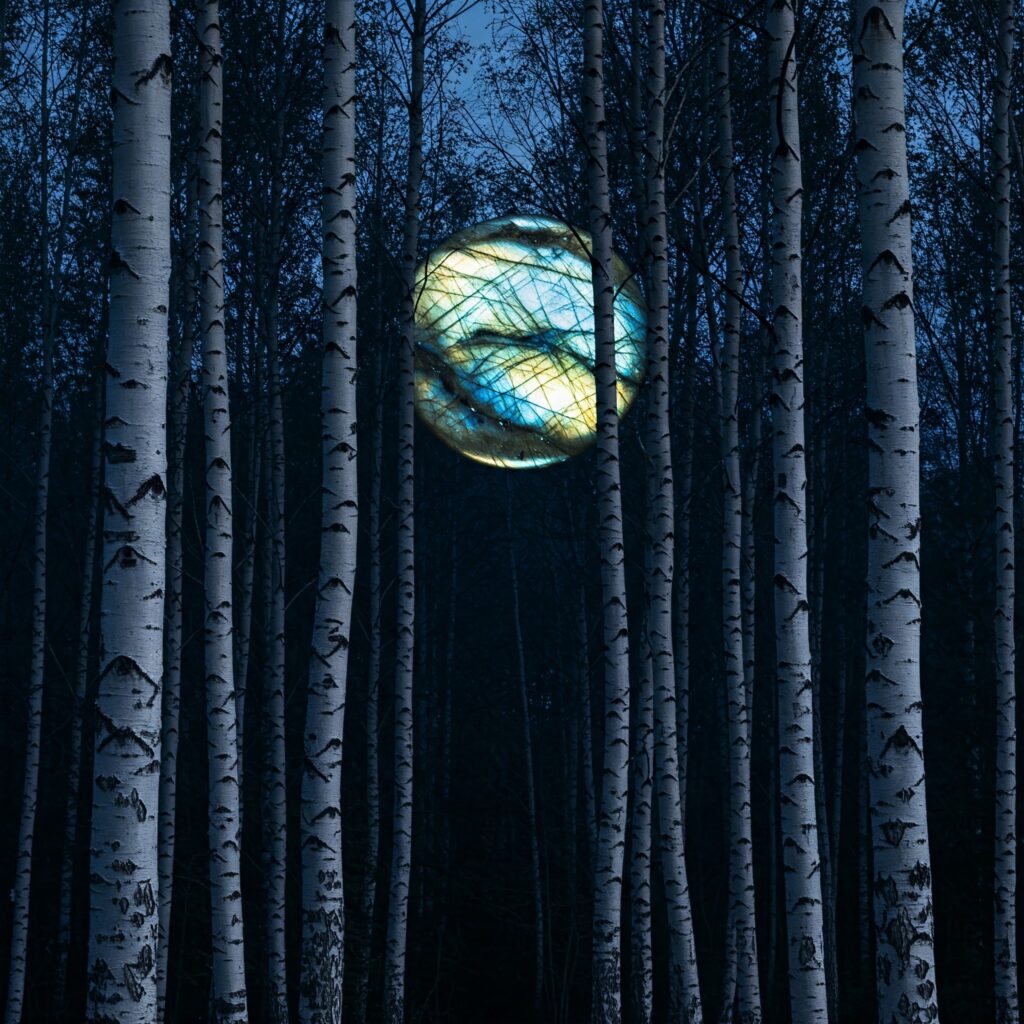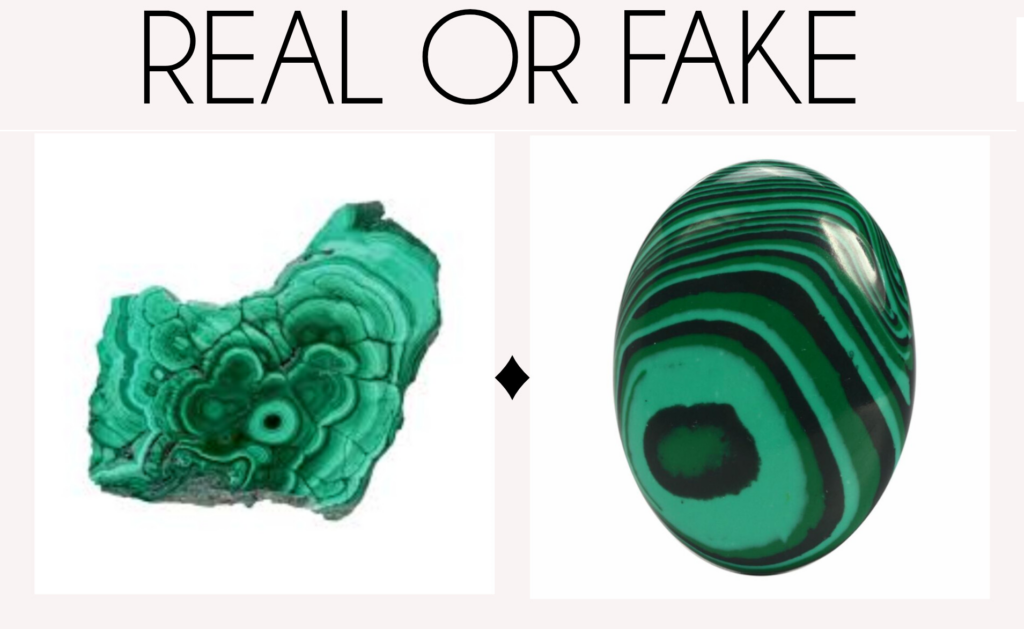Moss Agate: A Comprehensive Guide
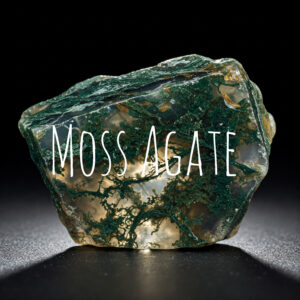
Moss Agate is a captivating gemstone known for its unique appearance and metaphysical properties. Despite its name, Moss Agate does not contain actual moss. Instead, it is a type of chalcedony, a mineral in the quartz family, characterized by its translucent to opaque appearance and dendritic inclusions that resemble moss or foliage. This article delves into the various aspects of Moss Agate, addressing key questions about its nature, uses, and durability.
1. What is Moss Agate?
Moss Agate is a semi-precious gemstone that belongs to the chalcedony family, a form of quartz. It is primarily composed of silicon dioxide (SiO₂) and is known for its translucent to opaque quality. The stone’s most distinctive feature is its dendritic inclusions, which are mineral deposits that form fern-like or moss-like patterns. These inclusions are typically composed of manganese or iron oxides, creating green, brown, or black patterns that resemble natural landscapes.
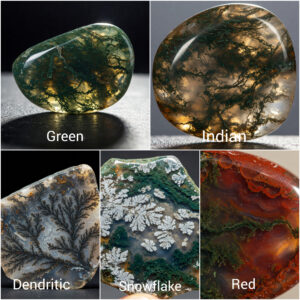
Moss Agate is found in various locations around the world, including India, Brazil, the United States, and Australia. Its unique appearance makes it a popular choice for jewelry, decorative items, and metaphysical uses.
2. Is Moss Agate Actual Moss?
No, Moss Agate does not contain actual moss. The name “Moss Agate” is derived from the stone’s appearance, which features dendritic inclusions that resemble moss or foliage. These inclusions are formed by mineral deposits, such as manganese or iron oxides, that crystallize within the chalcedony. The resulting patterns can look strikingly similar to natural moss, hence the name.
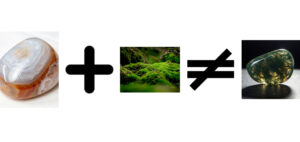
The misconception that Moss Agate contains real moss likely stems from its organic-looking patterns. However, the stone is entirely mineral-based and does not contain any plant material.
For detailed information on the physical and chemical properties of Moss Agate, please refer to the Wikipedia article: Moss Agate on Wikipedia
3. What is Moss Agate Good For?
Moss Agate is valued for both its aesthetic and metaphysical properties. Here are some of its key uses:
Aesthetic Uses:
Jewelry: Moss Agate is commonly used in rings, necklaces, bracelets, and earrings. Its unique patterns make each piece of jewelry one-of-a-kind.
Decorative Items: The stone is also used in carvings, figurines, and other decorative objects.
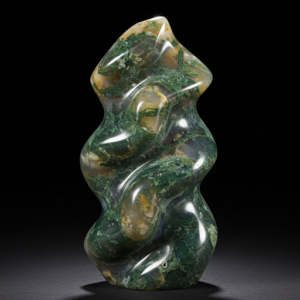
Metaphysical Uses:
Healing and Balance: Moss Agate is believed to promote emotional balance, stability, and calmness. It is often used in crystal healing to alleviate stress and anxiety.

Connection to Nature: The stone is associated with the earth and is thought to enhance one’s connection to nature. It is often used in meditation practices to ground and center the mind.

Abundance and Growth: Moss Agate is also linked to abundance and growth, making it a popular choice for those seeking to attract prosperity and new opportunities.
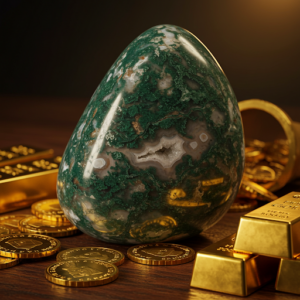
5. What Does Moss Agate Do?
Moss Agate is believed to have several metaphysical and healing properties. Here are some of the key benefits associated with this stone:
Emotional and Mental Benefits:
Stress Relief: Moss Agate is thought to calm the mind and reduce stress, making it a popular choice for those dealing with anxiety or emotional turmoil.
Emotional Balance: The stone is believed to help balance emotions and promote a sense of inner peace.
Mental Clarity: Moss Agate is said to enhance mental clarity and focus, making it useful for decision-making and problem-solving.
Physical Benefits:
Detoxification: Some believe that Moss Agate can aid in detoxifying the body and improving overall health.
Immune System Support: The stone is also thought to boost the immune system and promote physical vitality.
Spiritual Benefits:
Grounding: Moss Agate is often used in meditation to ground and center the mind, helping individuals feel more connected to the earth.
Growth and Abundance: The stone is associated with growth, both personal and financial, and is believed to attract abundance and new opportunities.
Practical Uses:
Gardening: Some gardeners place Moss Agate in their gardens or plant pots, believing it can promote plant growth and health.

4. Is Moss Agate Durable?
Moss Agate has a hardness of 6.5 to 7 on the Mohs scale, making it relatively durable for everyday wear. However, it is not as hard as some other gemstones, such as diamonds or sapphires, which means it can still be susceptible to scratches and chips if not cared for properly.
To maintain the stone’s durability, it is recommended to:
Avoid exposing Moss Agate to harsh chemicals or extreme temperatures.
Store it separately from harder gemstones to prevent scratching.
Clean it gently with a soft cloth and mild soap.
With proper care, Moss Agate can remain beautiful and intact for many years.
Conclusion
Moss Agate is a fascinating gemstone with a rich history and a wide range of uses. Its unique appearance, characterized by dendritic inclusions that resemble moss, makes it a popular choice for jewelry and decorative items. Despite its name, Moss Agate does not contain actual moss but is instead a mineral-based stone with a variety of metaphysical properties.
Whether you are drawn to Moss Agate for its beauty, its healing properties, or its connection to nature, this stone offers something for everyone. With proper care, Moss Agate can be a durable and long-lasting addition to your collection, providing both aesthetic and spiritual benefits for years to come.
Find Your Perfect Piece: Moss Agate Jewelry Featuring the Rare and Beautiful Masur Birch


